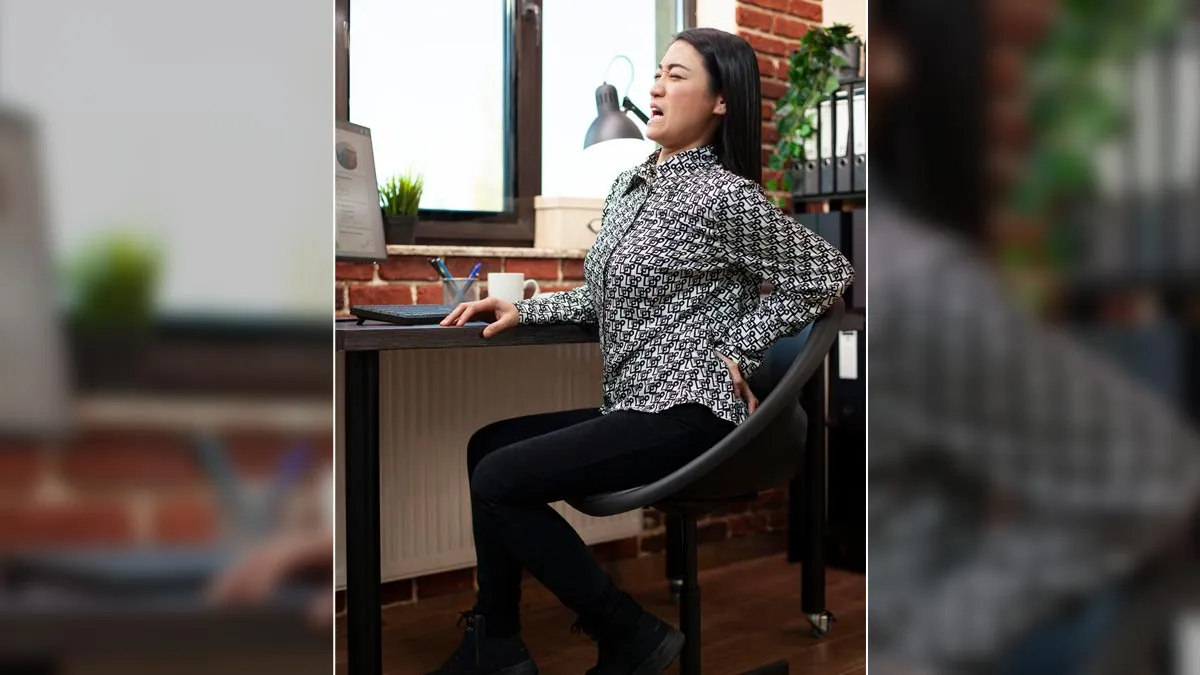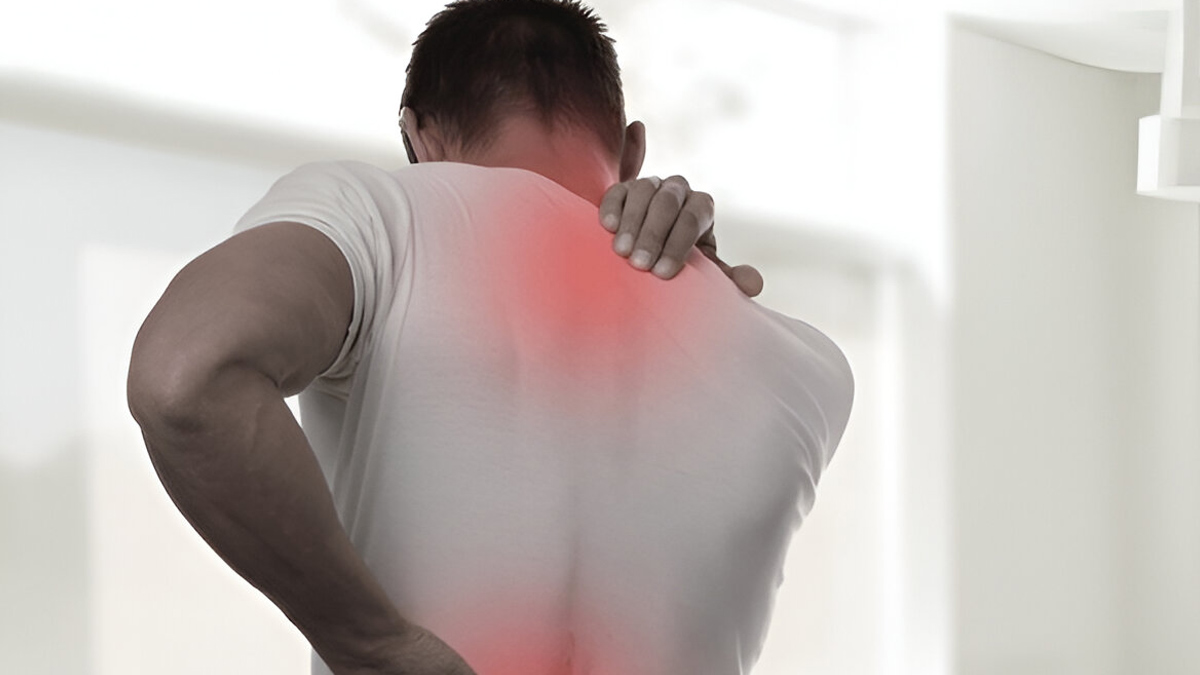
Do you catch yourself leaning to one side while working, watching TV, or driving? Many of us develop habits like this without even realising it. But what might seem like a harmless quirk can have a significant impact on our bodies. Leaning to one side can put strain on our spines and affect our gut health, leading to discomfort, pain, and even long-term problems.
Table of Content:-
The Spinal Imbalance: A Cascade of Problems
Your spine is a marvel of engineering, a perfectly balanced column designed to distribute weight evenly and support your body. When you consistently lean to one side, you disrupt this delicate equilibrium.
Uneven Pressure and Muscle Strain

Always leaning puts abnormal strain on your intervertebral discs, the gel-like cushions between your vertebrae that serve as shock absorbers. Over time, it can compress your discs on the side you lean and stretch them on the other side. This puts you at increased risk of disc degeneration, herniation, and pain.
Simultaneously, your spine-supporting muscles are pushed into an abnormal position. Your abdominal muscles on the side to which you lean get shortened and tight, while the opposite side gets overstretched and weak. This develops a muscle imbalance, resulting in chronic pain, stiffness, and limited range of motion.
Spinal Misalignment and Postural Changes
Prolonged one-sided leaning can also contribute to spinal misalignment. Your body, in an attempt to adapt to your preferred posture, can start to form a mild curvature. Although not as severe as conditions like scoliosis, the ongoing misalignment can increase the likelihood of the development of scoliosis years later. It also exacerbates existing postural issues, so you might appear uneven or slouching even if you are trying to sit up straight.
This ongoing tension can be on your entire kinetic chain, from your neck down to your hips. You may have neck pain as your head attempts to make up for the lean, shoulder imbalances when one shoulder is higher than the other, and even hip pain when your pelvis tilts to get into place with the spinal shift.
Also Read: Is Your Mattress Ageing Your Body? What Bad Sleep Surfaces Do To Spine And Skin Over Time
The Gut Connection: More Than Just Back Pain
Leaning to one side has the effect of causing more than just simple musculoskeletal issues. The health of your spine goes hand in hand with the proper functioning of your internal organs, including your gut.
Organ Compression and Digestive Issues

When you lean to one side or forward, you can unknowingly compress your abdominal cavity. This compression can push against your internal organs, such as your stomach, intestines, and colon. Chronic compression can slow them down from working the way they should. For instance, it can slow down digestion, leading to issues like bloating, gas, constipation, and even acid reflux.
Reduced Blood Flow
Poor posture, such as leaning to one side, can also limit blood supply to your abdominal organs. Proper blood supply is necessary to oxygenate and nourish the organs and to eliminate waste products efficiently. Decreased blood flow may impair the health of your digestive system and may cause inflammation and impaired absorption of nutrients.
Nerve Impingement
The nerves that feed your digestive system originate from your spine. Spinal misalignment due to leaning can impinge or irritate these nerves. This nerve interference disrupts the signals sent to your gut, contributing to digestive issues and discomfort. It's similar to a bad electrical connection that prevents an appliance from functioning properly.
Also Read: Is Sitting Cross-Legged Normal or Harmful? What You Need to Know
Breaking the Habit: Tips for a Healthier You
Here are some simple tips that can assist you in overcoming one-sided leaning:
- Awareness is Key: Observe how you sit during the day. Add reminders on your phone to monitor your posture.
- Ergonomic Setup: Make sure your chair, desk, and monitor are positioned ergonomically. Your feet should be flat on the floor, your knees at 90 degrees, and your screen at eye level.
- Core Engagement: Engage your core muscles while sitting. A strong core helps support your spine and maintain proper alignment.
- Regular Movement Breaks: Don’t sit for extended periods. Get up, stretch, and walk around every 30-60 minutes to relieve pressure and promote circulation.
- Strengthening and Stretching: Incorporate exercises that strengthen your core and back muscles, and stretches that improve flexibility and address muscle imbalances. Yoga and Pilates are excellent choices.
- Supportive Cushions: Use a lumbar support cushion to support the natural curve of your lower back.
[Disclaimer: This article contains information for informational purposes only. Hence, we advise you to consult your professional if you are dealing with any health issue to avoid complications.]
Also watch this video
How we keep this article up to date:
We work with experts and keep a close eye on the latest in health and wellness. Whenever there is a new research or helpful information, we update our articles with accurate and useful advice.
Current Version